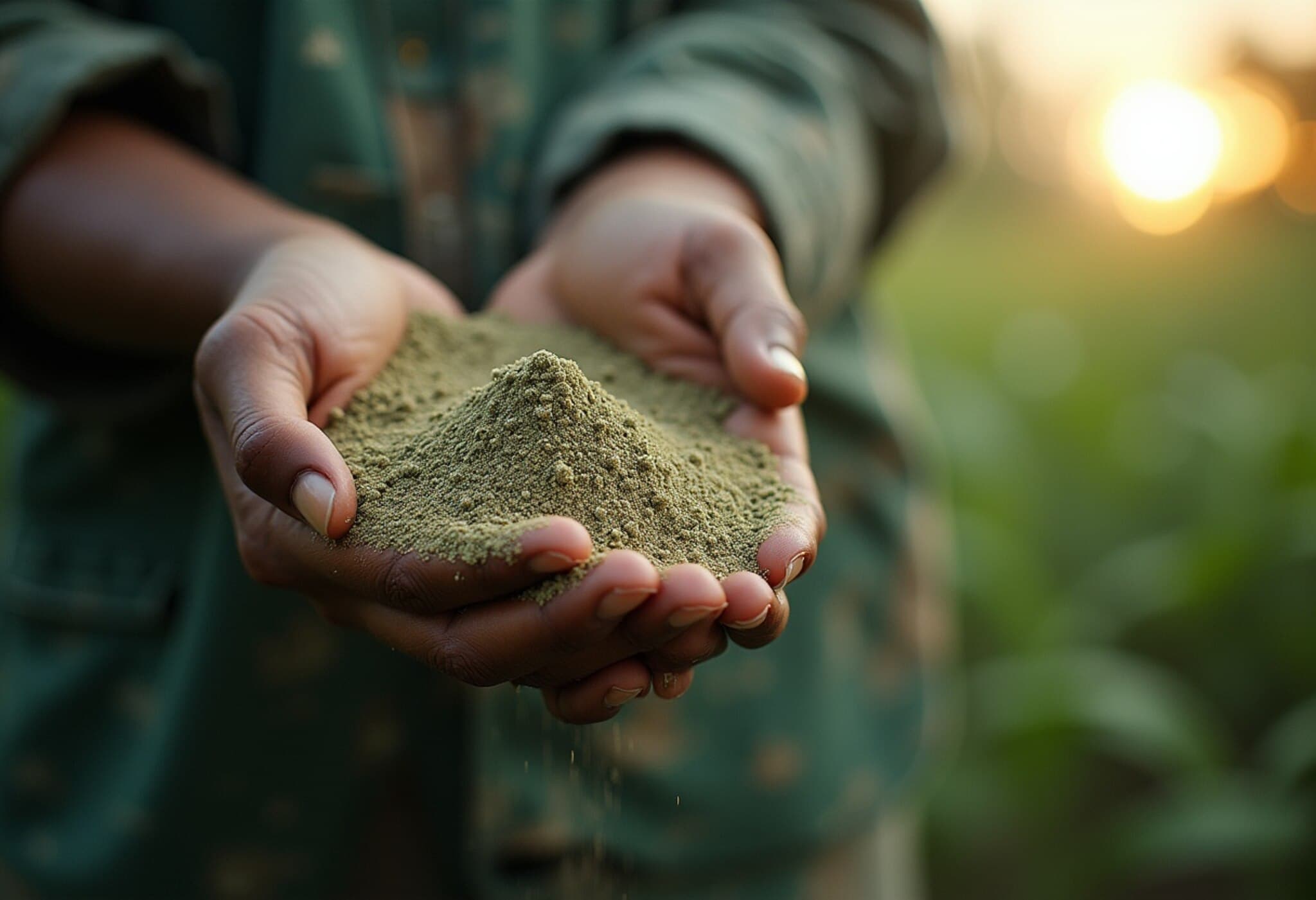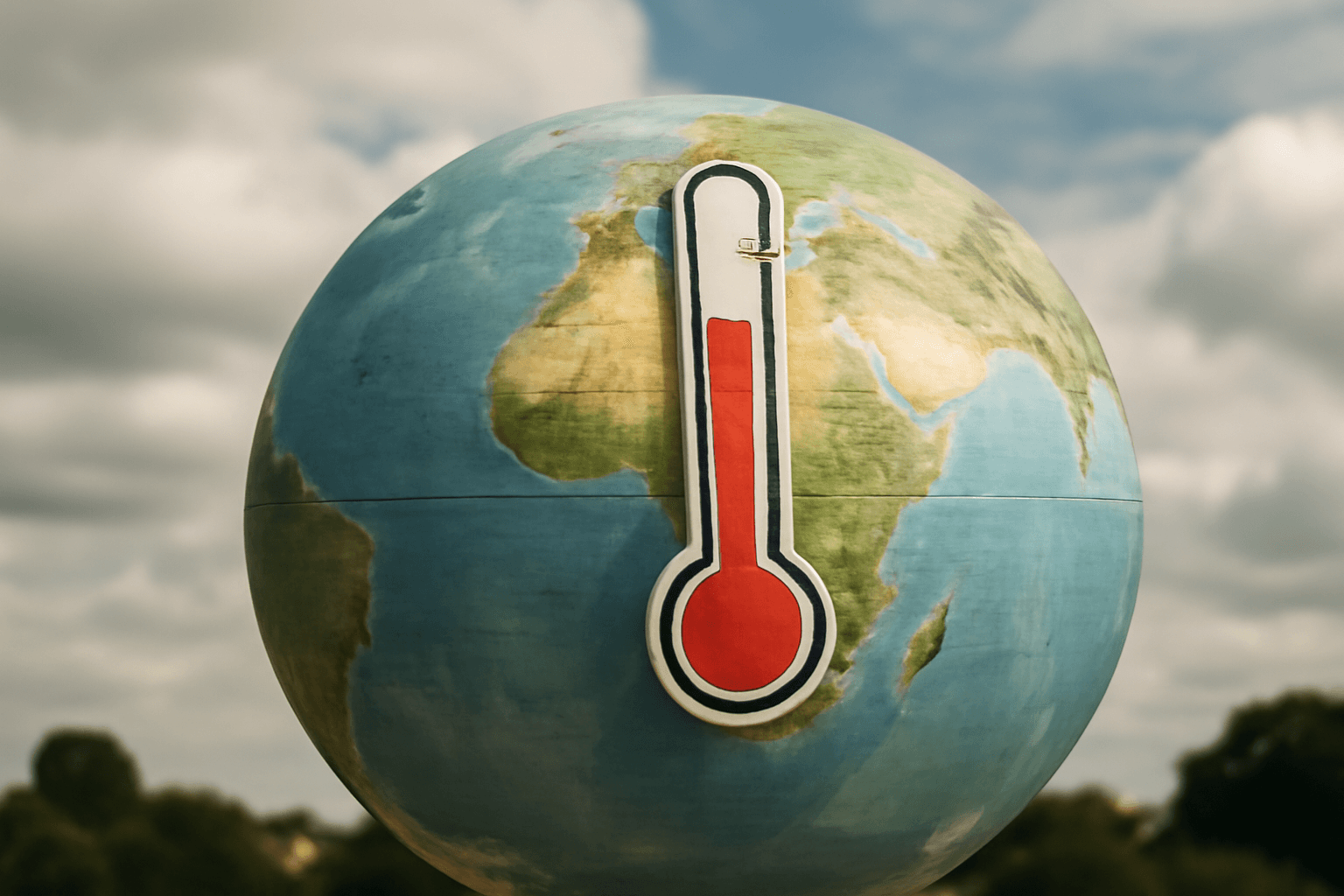Global Cocaine Production Reaches New Heights in 2023
Global cocaine production soared to 3,708 tonnes in 2023, marking a significant 34% increase from the previous year, according to the latest report by the United Nations Office on Drugs and Crime (UNODC). This sharp rise represents more than a fourfold jump compared to a decade ago, when production was at a historic low.
What's Driving the Surge?
The main factors fueling this unprecedented growth are the expansion of illicit coca bush cultivation areas in Colombia and revised data reflecting higher yields. Colombia continues to dominate as the primary source of cocaine, but trafficking networks are increasingly penetrating emerging markets across Asia and Africa.
Rising Seizures and Growing User Base
Seizures of cocaine worldwide also hit record levels, reaching 2,275 tonnes in 2023. This constitutes a staggering 68% increase in seizures over the past four years, highlighting intensified global law enforcement efforts alongside the rising availability of the drug.
Meanwhile, cocaine use is climbing steadily. The number of users worldwide rose to an estimated 25 million in 2023, up from 17 million a decade earlier. Experts note that cocaine’s popularity is spreading among wealthier demographics, reinforcing a troubling cycle of increased demand and production.
Shifting Drug Landscape and Emerging Trends
Beyond cocaine, the global drug scene is evolving rapidly. Approximately 6% of the global population aged 15 to 64 are believed to have used drugs in 2023, compared to 5.2% in 2013. Cannabis remains the most widely consumed substance worldwide.
Notably, seizures of amphetamine-type stimulants reached record highs last year, accounting for nearly half of all synthetic drug confiscations. Synthetic opioids, including fentanyl, also contributed significantly to the staggering volume of seized substances.
Uncertainty Surrounding Captagon Trade
Political upheaval has further complicated drug control efforts. The fall of Syria's leader last December has cast uncertainty over the production and trafficking of captagon, a potent illicit stimulant that emerged as the country’s largest export under previous rule. Despite Syrian authorities claiming to have seized all known production facilities earlier this year, ongoing reports suggest captagon continues to flow, particularly into Arabian Peninsula countries.
A Complex, Growing Challenge
The UNODC highlighted that a new era of global instability has emboldened organized crime groups and pushed drug consumption to unprecedented levels. The expanding reach of cocaine and synthetic drugs, coupled with increasing production and seizures, presents a formidable challenge for the international community moving forward.



















